New York Jets head coach Robert Saleh says he would draft a “unicorn” at safety
New York Jets head coach Robert Saleh held an impromptu press conference from Florham Park on Wednesday morning, centered on New York’s coming offseason with the NFL Scouting Combine officially starting in Indianapolis (which Saleh will not attend).
Among the many draft and free agency topics, a particular question about positional value from the New York Post’s Brian Costello stood out.
Costello asked Saleh if he would be okay with taking a safety in the top 10 of the draft, despite safety not being a premium position.
For Saleh, the safety debate has been the hot-button issue of the week.
Avid fans of Gang Green will remember a viral clip from a recent conference call Saleh held with season ticket holders, where a longtime Jets fan pleaded Saleh not to draft Notre Dame safety Kyle Hamilton, but to select an edge rusher instead.
Saleh seemed to echo the fan’s sentiment, reinforcing the Jets’ commitment to the trenches first and foremost. However, he sang a slightly different tune when answering Costello’s question, instead opting to include the exception of what he called “unicorns”.
“Depends on how good he is,” Saleh said. “I call them unicorns. I would never want to take a linebacker in the first round, but (current Buffalo linebacker) Tremaine Edmunds was sitting there and I wore his jersey to the draft. He’s a unicorn in the linebacker world.”
Saleh is referring to the 2018 draft, where the 49ers ultimately selected offensive tackle Mike McGlinchey ninth overall. Edmunds would be selected 16th overall by Buffalo.
Shifting back to safety, Saleh said, “Same thing with a safety. I remember there was a hard discussion on (current L.A. Chargers safety) Derwin James and the guy is phenomenal. You never want to say no to any position group.”
James ended up going to the Chargers with the 17th overall pick.
Saleh concluded his answer by explaining, “Obviously there’s premium positions … but you can never say no to a unicorn and someone who has a tremendous talent and clearly the best possible player you can take at that time.”
Play: 👉 the Jet X Offseason Simulator
With the positional value debate raging amongst Jets fans, and with no foreseeable end in sight until the draft itself, I decided to put Saleh’s “unicorn” theory to the test.
Do “unicorn” safeties actually work out?
Since 2000, eight safeties have been selected in the top 10 of the draft: Roy Williams, Sean Taylor, Michael Huff, Donte Whitner, LaRon Landry, Eric Berry, Mark Barron, and Jamal Adams.
Of those eight, five made multiple Pro Bowls: Williams, Taylor, Whitner, Berry, and Adams. Landry earned a single Pro-Bowl nod.
Berry, Williams, and Adams were the only ones to be named a first-team All-Pro at least once, with Berry being the only one to do so multiple times.
Overall, amongst the admittedly small sample size, 38% of safeties drafted in the top 10 made an All-Pro team and 75% made a Pro Bowl.
Pro Bowl and All-Pro appearances are an easy way to gauge overall success, but they are not the only determining factors. When looking at careers as a whole, total games started shows how teams and coaches viewed players beyond the mainstream awards, as well as career longevity.
Omitting Taylor, whose career was tragically cut short, and Adams, the only active player of the eight, the six remaining safeties averaged 107 starts across their careers, a little over six-and-a-half full seasons using the old 16 game schedule, and just over six seasons using the current 17 game schedule.
However, those numbers are slightly skewed since Barron actually played more career games as a linebacker, 54, than as a safety, 48. Without those 54 linebacker starts included, the average drops to 98 career games, barely over six full seasons at the 16 game pace, and roughly five-and-three-quarter seasons at 17 games.
While a 75% chance to land a Pro-Bowler and a near 40% chance to land an All-Pro are extremely good odds for the top 10 of the draft, an average career of about six seasons is not.
Top-10 draft picks are commodities teams enjoy having in the short term but don’t want to make a habit of earning in perpetuity. Rather, top 10 picks are supposed to be foundational pieces a team needs to build a perennial winner.
Premium positions are at a premium to start with because they tend to more heavily impact wins and losses than other positions.
With the Jets’ multitude of needs across both sides of the ball, including at premium positions like cornerback, edge rusher, and wide receiver, Gang Green would be better off passing on Kyle Hamilton in favor of a more valuable position, despite the likely chance that Hamilton blossoms into a star. If the Jets were to take Hamilton, history shows that he would probably shine, but his light may not burn for very long.
Using a top 10 draft pick on a safety looks a lot better when only judging the success of the players themselves, and not when judging team success.
Of the seven teams to draft a safety in the top 10 since 2000, only two have made Super Bowl appearances in that same time: Kansas City and Tampa Bay. Neither team did so while the safety they drafted was still on the team, but both did so after adding an elite quarterback.
The NFL is built on the passing game, so the passers themselves, protection for those passers, pass rushers to bring those passers down, pass catchers, and cover-men will always flood the top of the draft.
The idea of adding an almost-guaranteed impact player is enticing, but if said player doesn’t impact the final record, what are those Pro Bowls and All-Pros truly worth?
Kyle Hamilton is an elite safety prospect with a very high chance of not only surviving, but thriving in the NFL. That said, the debate over Hamilton has never been about his quality as a prospect, but instead about using a premium draft asset on a non-premium position.
If the Jets want to avoid the top 10 of the draft in the coming years, they first need to improve at premium positions, not positions with a short shelf-life and little impact on their final record.

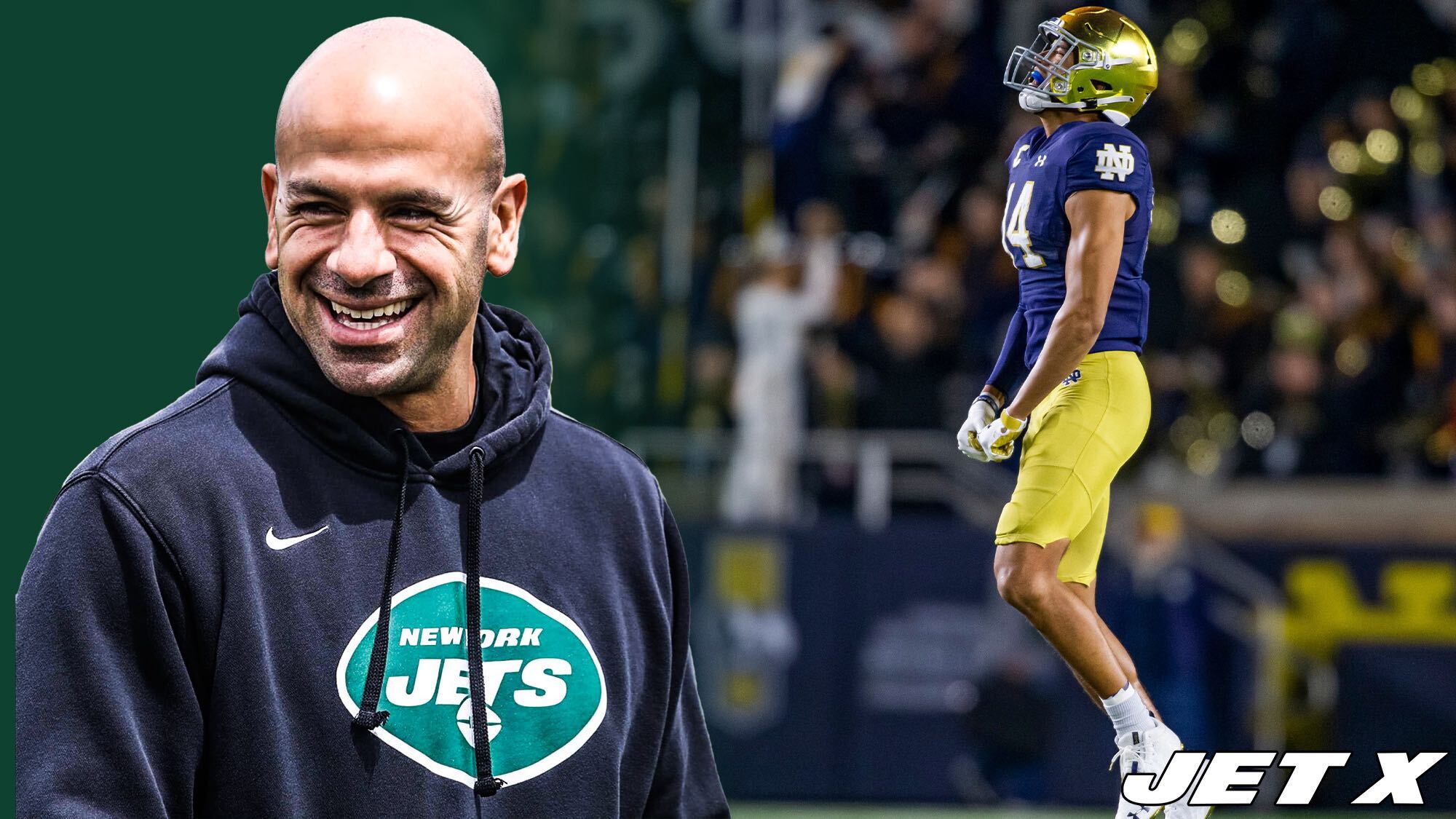
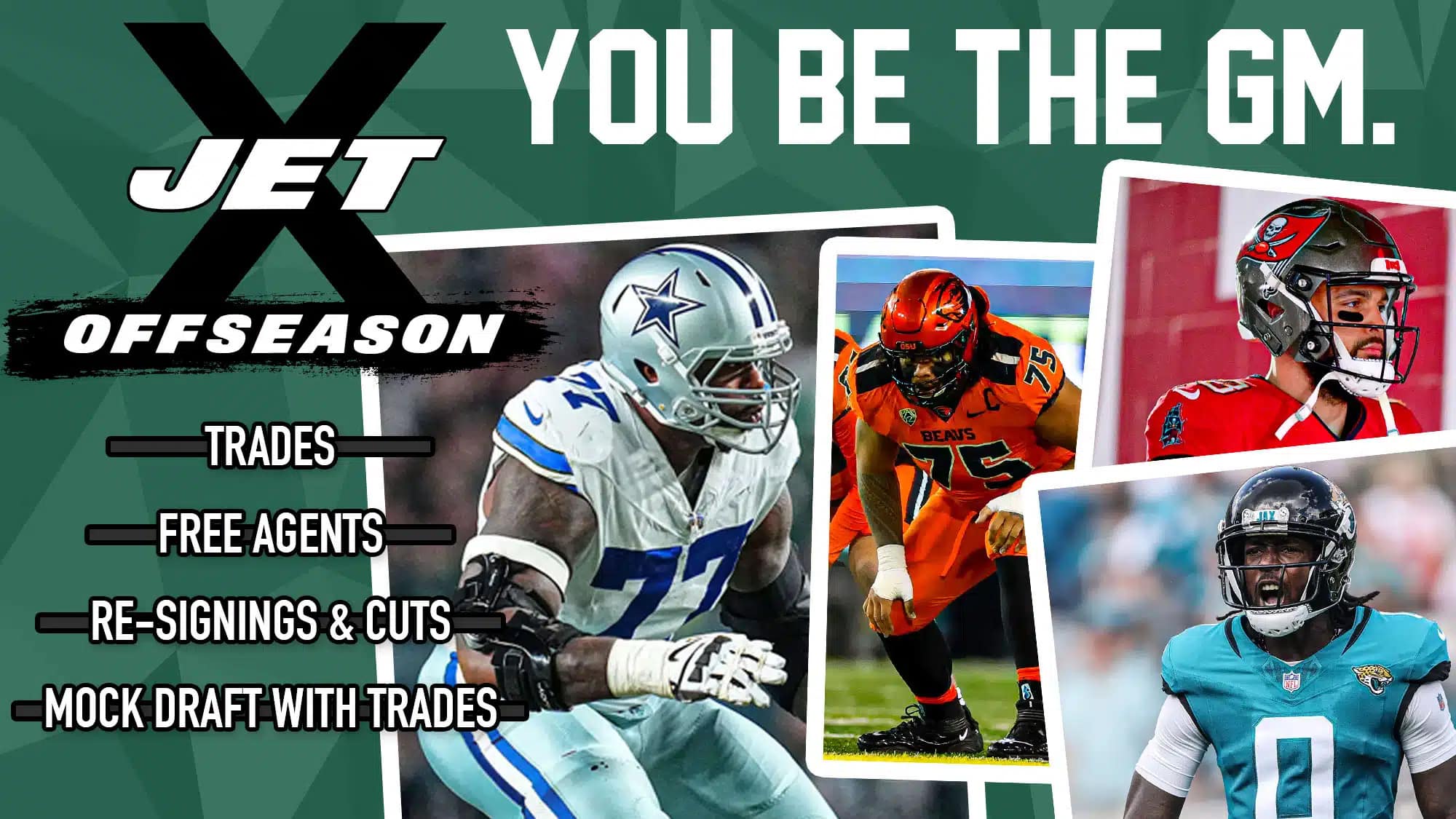

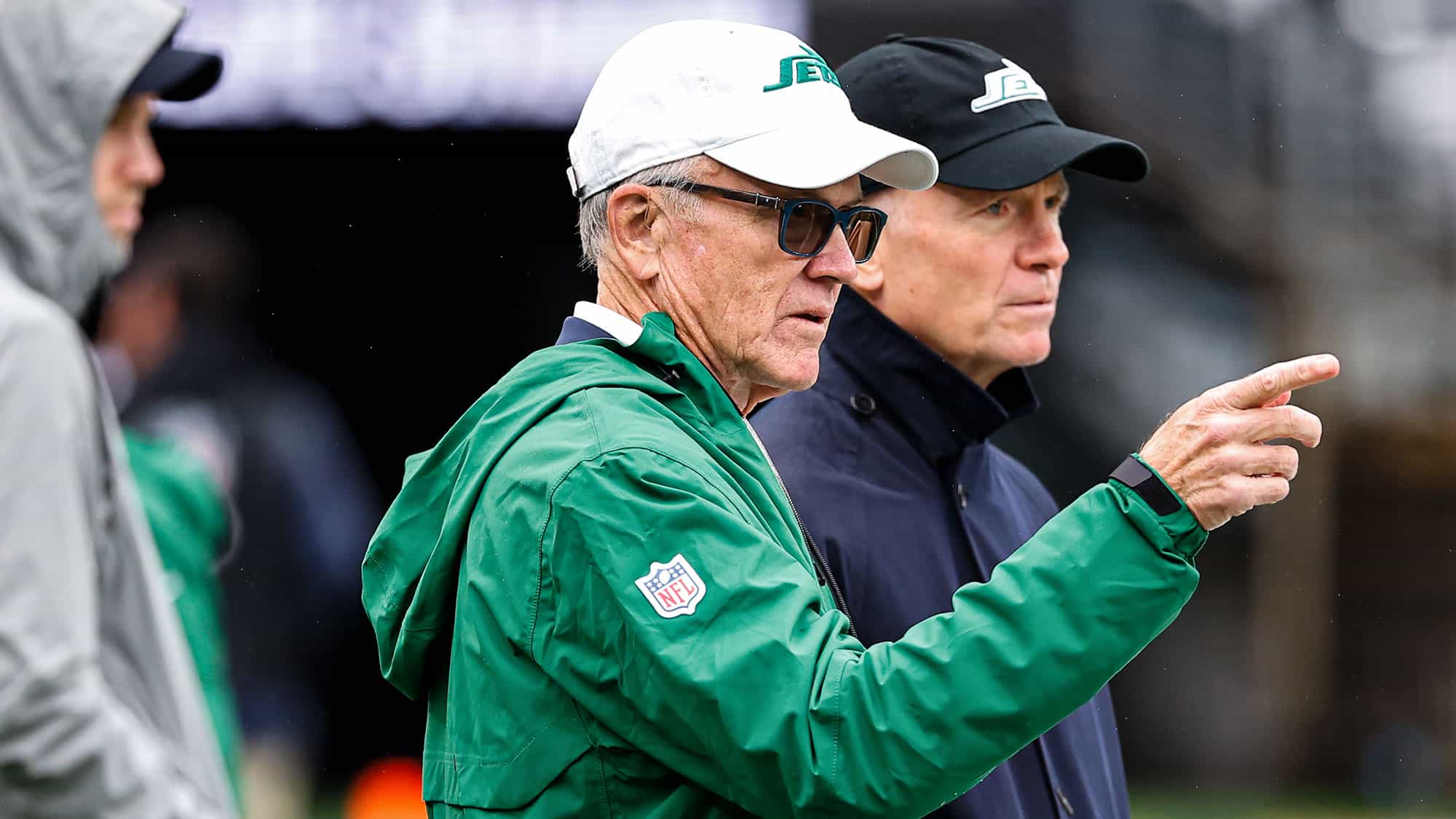

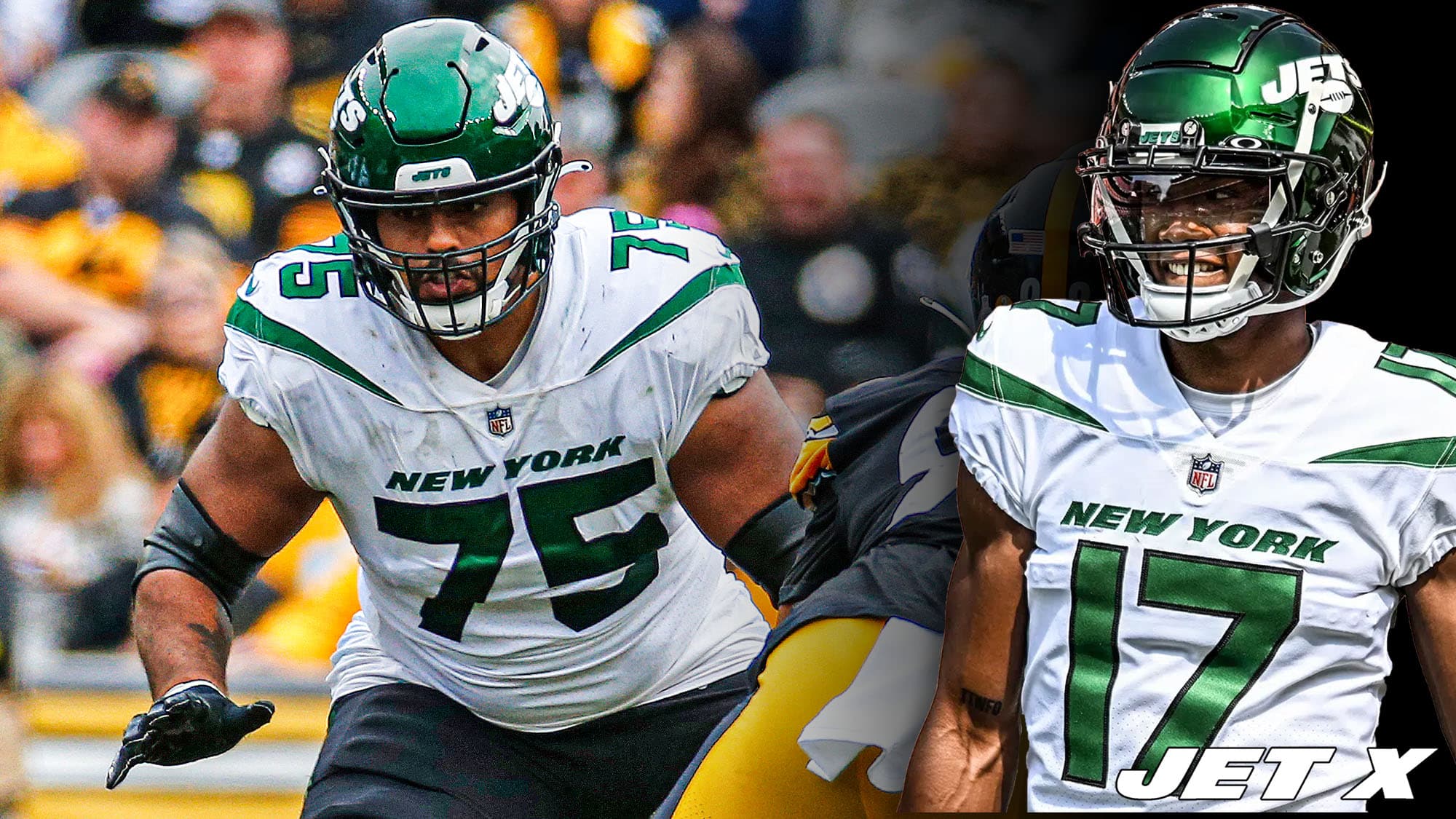



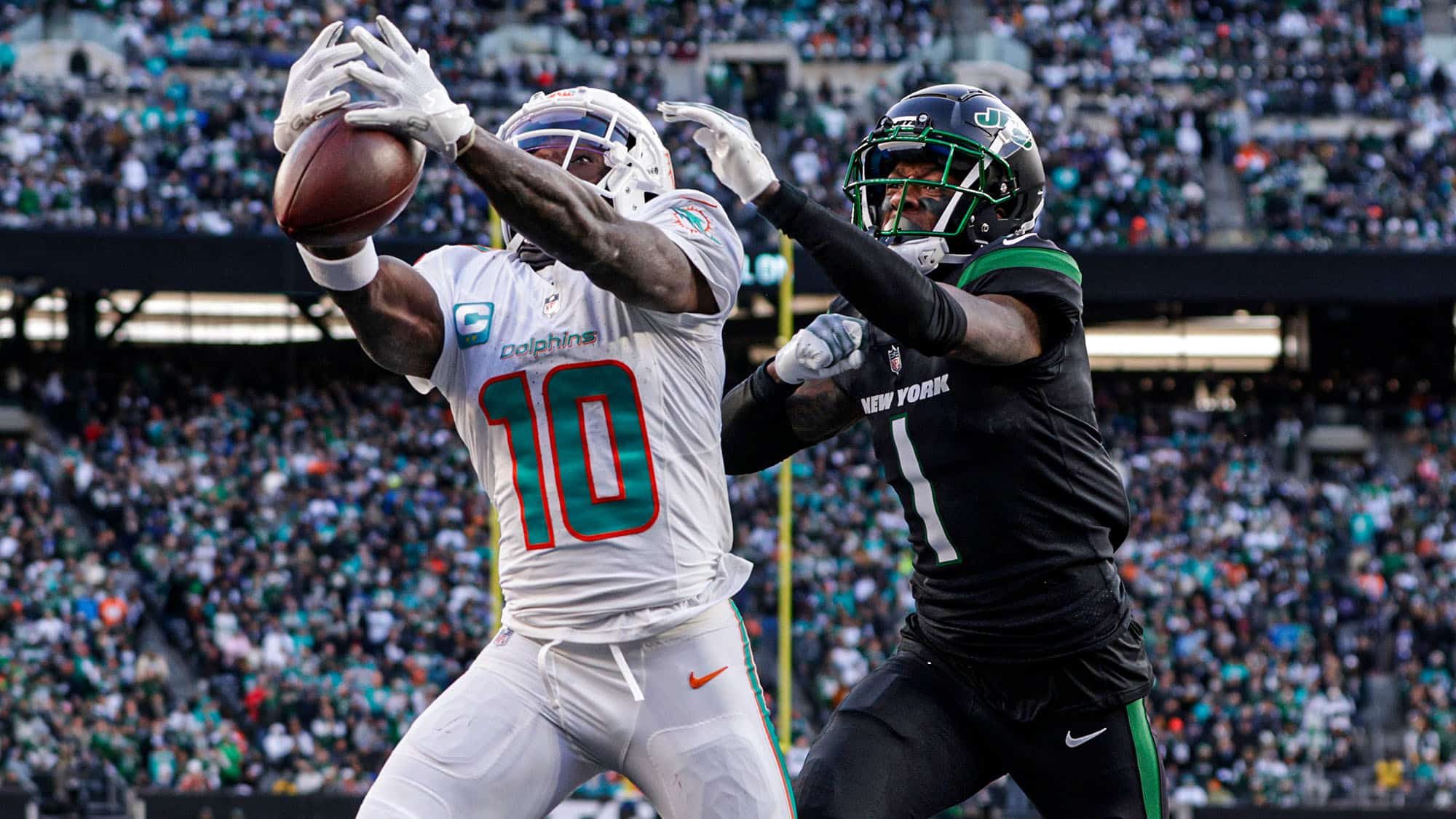

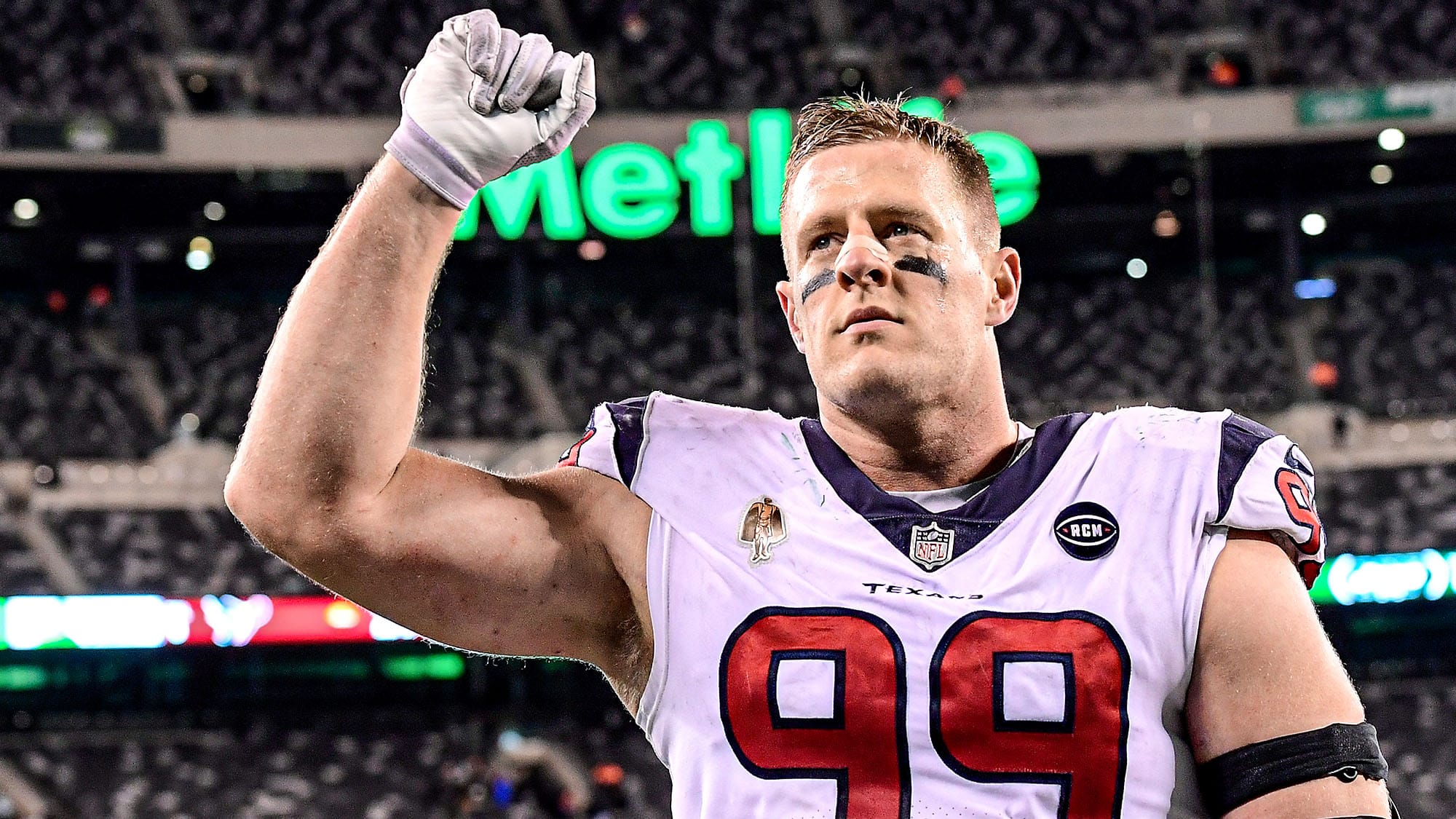

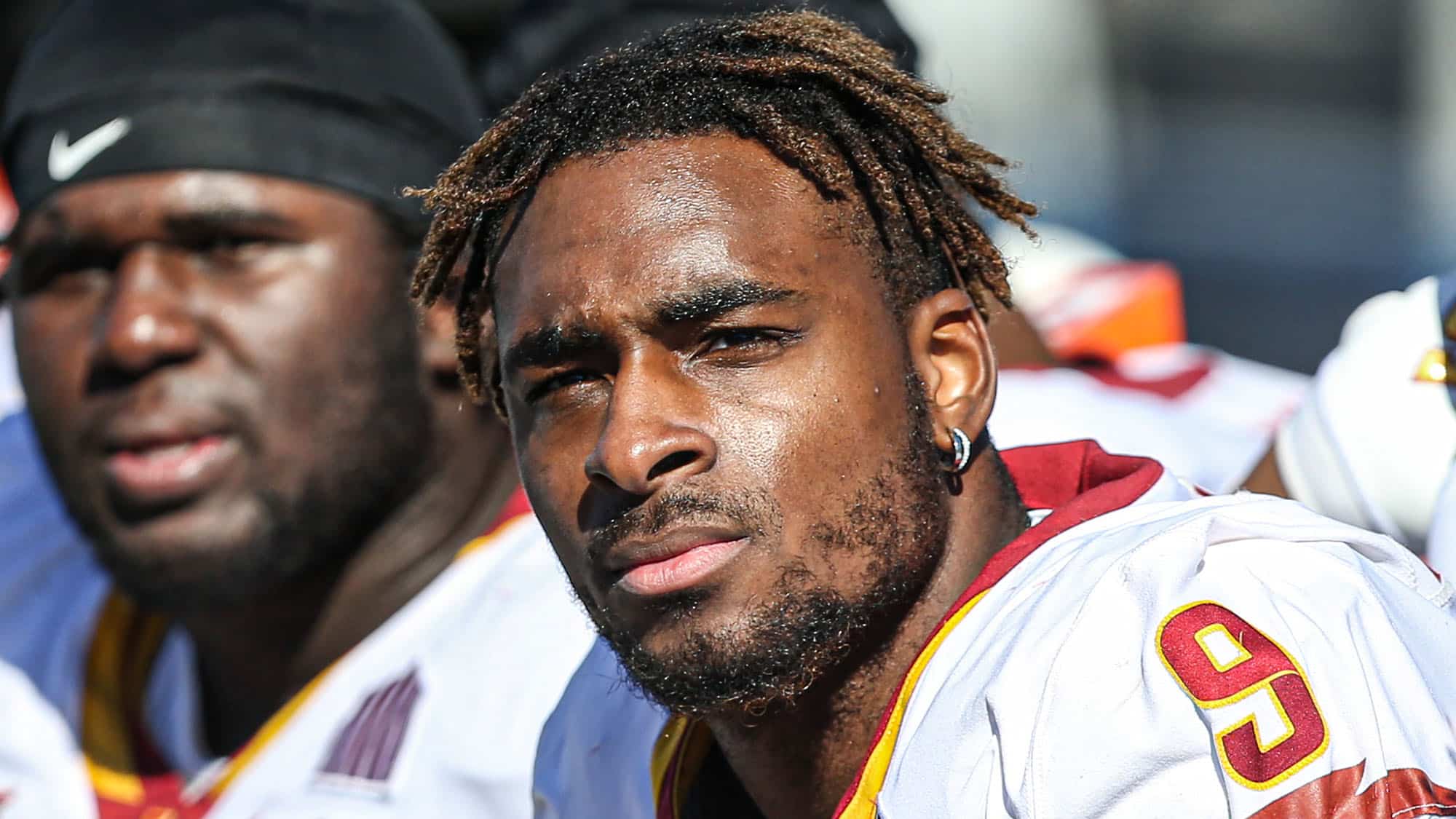
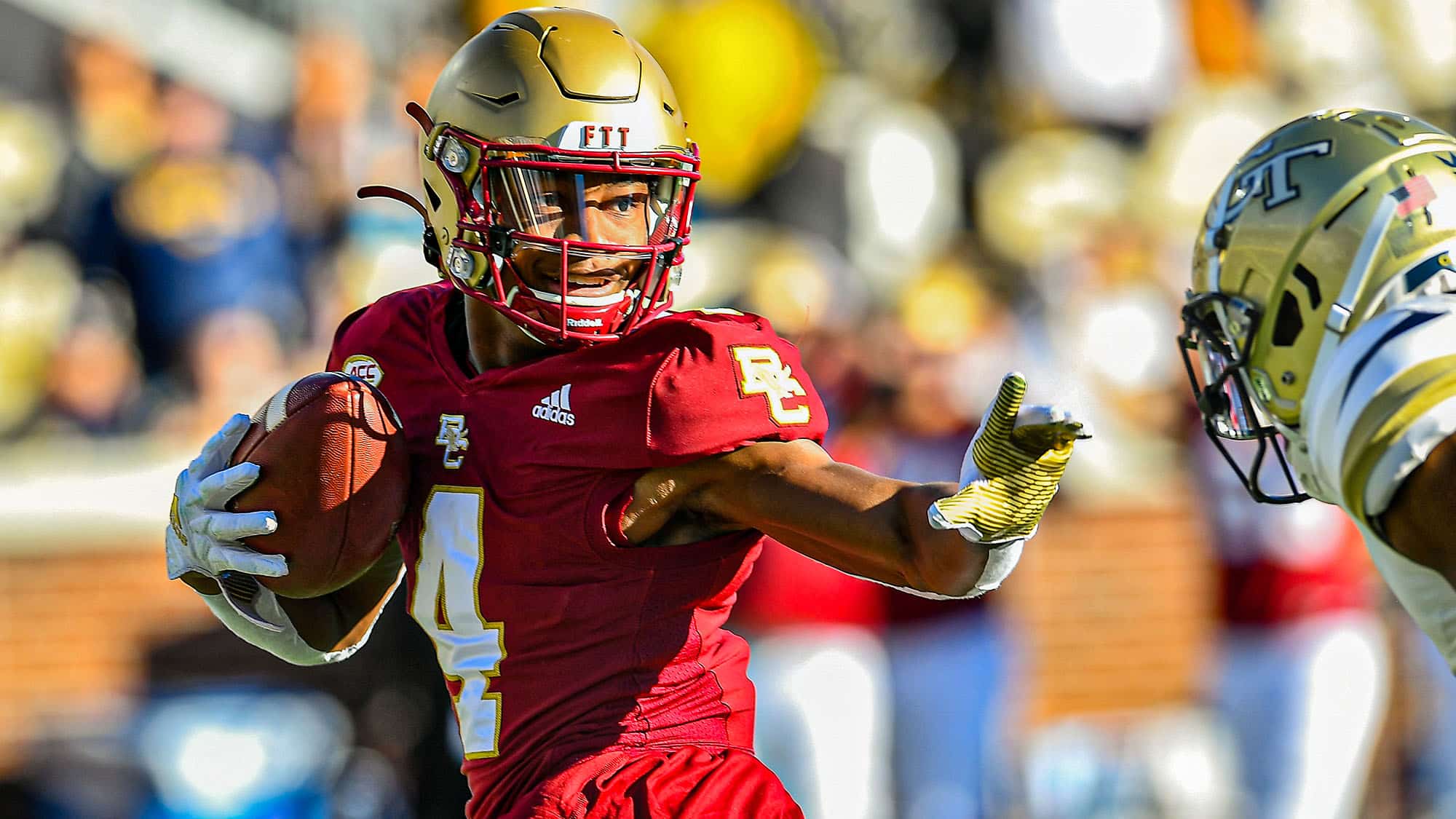
I think your method of looking at this is wrong. I don’t think you should be looking at top 10 drafted safeties – that is not at all how you judge whether a safety (or any player for that matter) is a unicorn. You should be looking at all the unicorns in the NFL at the safety position from whatever year you want to start with (you began with 2000), and then judge their worth to their teams and then ask yourself – would you have drafted that player, like Ed Reed or Troy Polamalu, in the top 10? I think for many, the answer would be yes. It’s up to Joe Douglas and the scouts to figure out if the player they are choosing will indeed be a unicorn. In the words of Joe Benigno, I don’t care where the Jets draft or who they draft – just get it right.
Wouldn’t the more likely conclusion from the accolades / game starts mismatch be that underperformers (i.e., Huff and Barron) are weeded out more quickly, especially if your final data excludes starts at other positions? On top of that, Hamilton appears to be in the upper echelon of prospects, even among this impressive group — in the same tier as Berry and Taylor and one of the few prospects who’s ever been able to justify even a glancing reference to Ed Reed.
Although I agree that Thibodeaux or Hutchinson are better options at 4, taking a RG who’d cost as much or more than the best FAs or reaching on a WR / CB feels imprudent. Overall, this is a less-than-ideal draft board, but Hamilton is one of only ~3-5 players who would’ve gone in last year’s top-10/15 imo, and it doesn’t make sense to reach elsewhere just because of positional value.